
Three days is a good average to get to know a city, at least the first time. When we plan to visit several cities or several countries, in Europe that are all close, three days is usually the time we dedicate to the capitals.
Obviously many will find it little and others just and necessary. Honestly, three days is not too long, but it does allow us to take a good look at the most important or tourist attractions to see if it is worth coming back for more later. So let's see what we can Get to know Berlin in three days.
Berlin
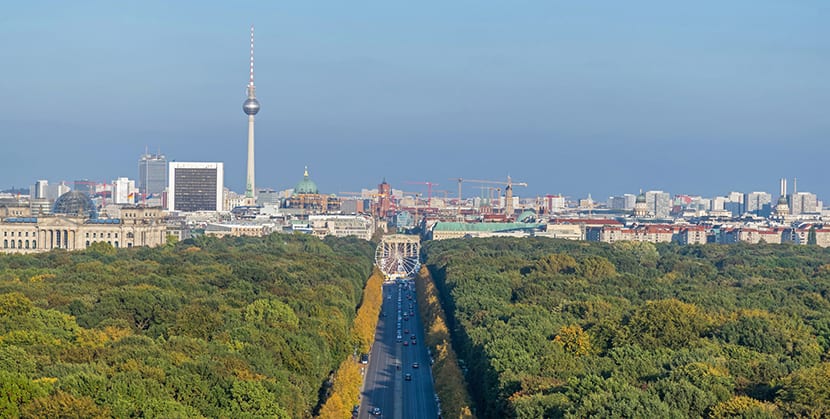
You have to know that Berlin it is the second most populated city in Europe behind London, inhabited by more than three and a half million people. It is located in the northeast of the country on the banks of the Havel and Spree rivers.
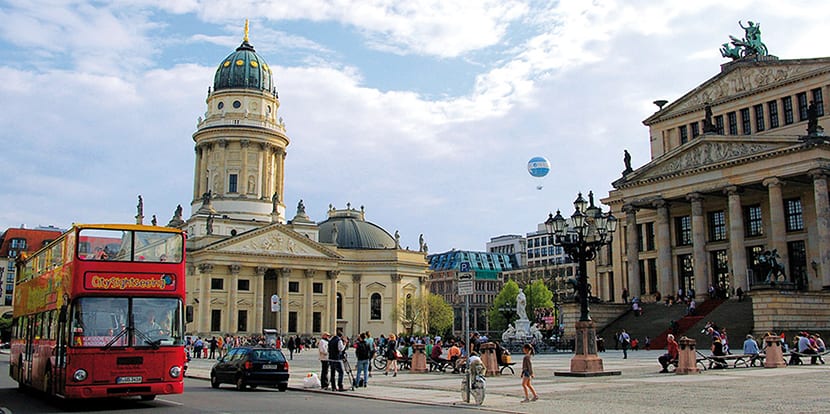
It has centuries of history and it has known to be the center of kingdoms, empires, republics and obviously, of the infamous Third Reich. Furthermore, for some decades it has been a city divided between two ideological, political and economic systems: communism and capitalism. And as if that were not enough after the Fall of the Wall, it was once again the heart of the country at the time of reunification, marking the rebirth of Germany as the industrial power that it is today.
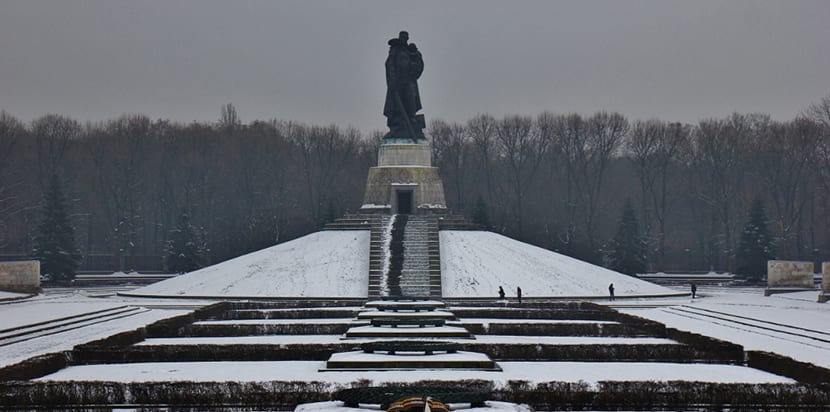
Berlin has cold winters, sometimes with some degree below zero, and the cold lasts until late spring with snow fall between December and March. Summers, on the other hand, are not hot and average temperatures do not reach 30 ºC.
What to see in Berlin
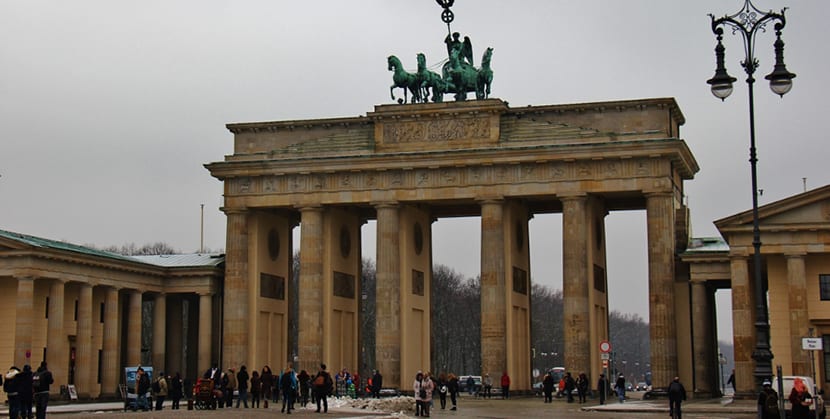
We said we have three days to tour the city, 72 hours. Then it is convenient to know in advance what we like. Do we like museums, art galleries, historical sites, fashion, gastronomy…? And if we do not decide, we can make a potpourri of destinations and interests ordering everything that is more or less close.

For example, the first day We can visit the Branderburg Gate, the Memorial to the Murdered Jews in Europe, the Fuhrer's bunker, Potsdamer Square, the Topography of Terror exhibition and the famous Checkpoint Charlie, the military post.
- Branderburg Gate: it was built between 1788 and 1791 and was the first building in the Revival Greek in the city. It was built by an architect named Carl Gotthard Langhans who worked for the Prussian court and was inspired by the monumental entrance to the Acropolis in Athens. Have 26 meters high and 65 meters long with two blocks of six huge and robust Doric columns. In 1793 they placed the chariot, the same one that when Napoleon entered the city he took to Paris as war spoils and which only returned in 1814. With the division of Germany after World War II, the Brandenburg Gate stayed on the soviet side and after the construction of the Wall in 1961 it was left within an exclusion zone so that for decades no one could visit it. It was only made public again in 1989.
- Memorial to the Dead Jews in Europe- Honors the six million murdered Jews and admission is free. There is a great display in the information center. It is located at Cora-Berliner-strasse, 1.
- Hitler's bunker: the bunker was between Potsdamer Square and the Branderburg Gate and today on the site there is a building from the 80s from the Soviet era. At daytime there are tourist walks that leave from the parking lot under which is the entrance door to the bunker although it is not possible to enter. If you like bunkers then in the city there are others that can be visited.
- Potsdamer Square: is one of most important public squares in Berlin and it is one kilometer from the Branderburg Gate. It is named after the city of Potsdam and it used to be, at the beginning of the XNUMXth century, one of the busiest places in the German capital.
- Topography of Terror: this exhibition is very visited. It is an important documentation Center that makes it clear everything that was done under the naz governmenti. Here at that time the headquarters of the State Secret Police, the SS, and the Security Office. The permanent exhibition deals with precisely this, although there are other temporary exhibitions. It is located at Niederkirchnerstrasse, 8. It opens from 10 am to 8 pm and admission is free.
- Checkpoint Charlie: it was the military post that divided East Berlin from West Berlin during the Cold War. After reunification the small building became a tourist attraction and today it is in the Allied Museum in the Dahlem neighborhood, as it was moved and on the original site you will only see one mark.
El second day we can visit the Museum of the Island, the Berlin TV Tower, Alexanderplatz, the Soviet War Memorial, the Oberbaumbrucke Bridge and the East Gallery.
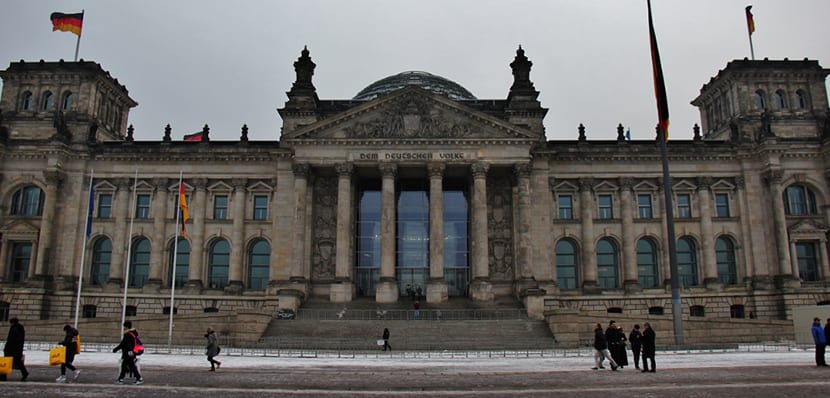
- Island Museum: is the name given to the northern half of an island in the river Spree. Here are many museums of international category and since 1999 this sector is considered World Heritage.
- Berlin TV Tower: have 368 meters high and dates from 1969. It is a very visited site so there may be many people waiting to go up. The views are great and there is a cafe upstairs, which runs a full circle every half hour. It is close to the Alexanderplatz.
- Soviet War Memorial- It's in Treptower Park, in the middle, and it was built after WWII and houses the graves of 500 Soviet soldiers.
- Oberbaumbrucke Bridge: is a double-decker bridge over the river Spree and it is a symbol of Berlin. In Soviet times it was the border between both sides and after reunification it was restored and a new section was added designed by the famous Spanish architect Santiago Calatrava.
- East Gallery: what remains of the Berlin Wall, the longest segment and the largest open-air gallery in the world with more than 100 murals along the mile-odd length that run parallel to the River Spree.
And finally the day three in Berlin It is the turn of the Victory Column and Tiegarten Park, the Kaisen Wilhelm Memorial Church and the Reichstag building.
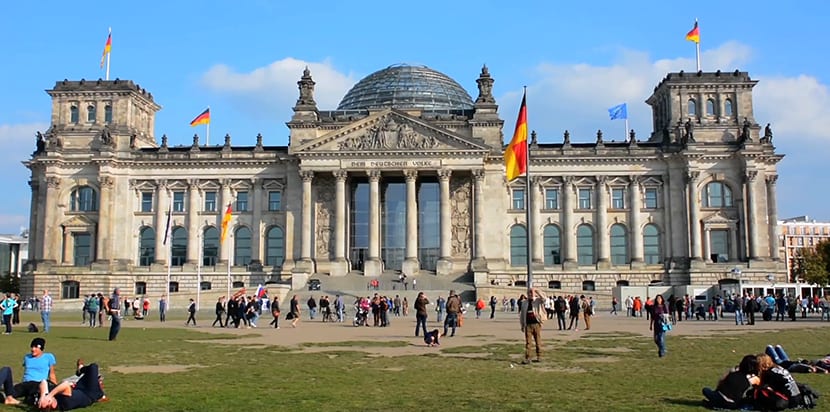
- Reichstag: it is the German parliament and can be visited with prior registration. There is a historical exhibit and a modern glass dome on the terrace with a garden and restaurant. The tours They last half an hour and are in English, Italian and French. The exhibition is open Tuesday through Sunday from 10 am to 6 pm.
- Victory Column and Tiergarten Park: this park is very popular in Berlin and has 210 hectares and centuries of history. For its part, the Victory Column dates from the XNUMXth century and commemorates the Prussian victory in the Prussian-Danish War. Has a observation deckIt is made of polished red granite and has a hall with pillars and a beautiful mural of mosaics and bronze reliefs. Originally it was in front of the Reichstag but later it was transferred to the Tiergarten and probably that saved it from the bombs.
To these important sites you can one day add a visit to St. Hedwig's Cathedral, the Berliner Dom and the colorful Hackescher Market. Obviously you can sign up for tourist hikes or bike tours that are very entertaining. There are even gastronomic ones, if you like to try new flavors.